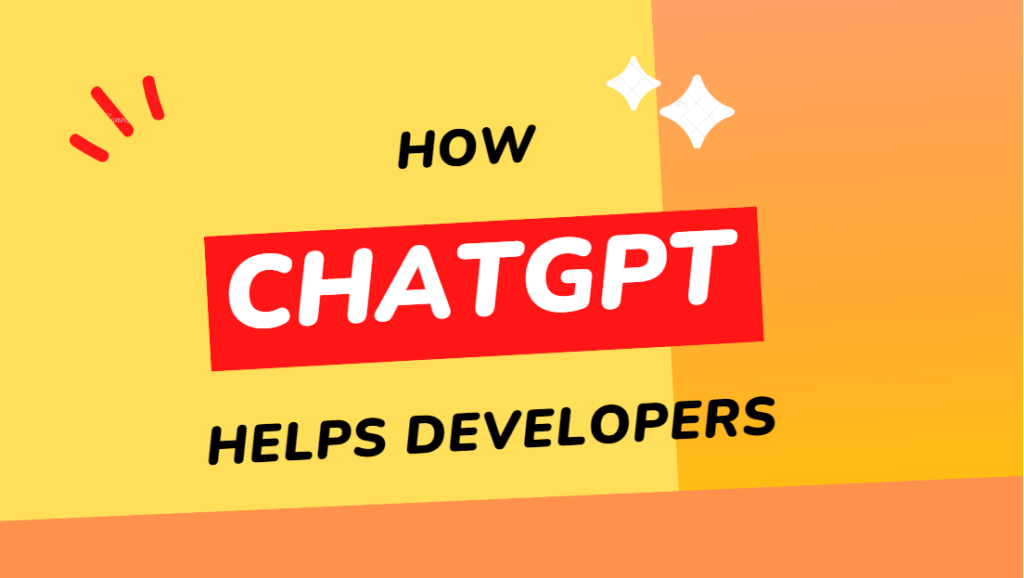
ChatGPT. ChatGPT is a pre-trained language model developed by OpenAI. It is a variant of the GPT (Generative Pre-trained Transformer) model, which is trained on a massive amount of text data and can generate human-like text. The “Chat” in ChatGPT refers to the model’s ability to generate text in a conversational style, making it well-suited for tasks such as language translation, text summarization, and text completion.
ChatGPT is trained on a diverse range of internet text and is capable of understanding and responding to a wide range of natural language inputs. This makes it a versatile tool that can be fine-tuned for various natural languages processing tasks such as language translation, text summarization, and text completion.
The model is available as an API and can be used to generate human-like text, complete sentences, paragraphs, and even articles. Developers can fine-tune the model for specific use cases, like customer support chatbots, automated email responders, conversational AI, and more. Additionally, developers can also use it to improve the performance of their existing models by fine-tuning them with ChatGPT.
ChatGPT can be used to increase productivity for developers in a variety of ways. Here are a few examples:
1. Code Generation:
ChatGPT can be trained in a specific programming language and used to generate code snippets based on natural language input. This can save developers a significant amount of time, as they can simply describe the functionality they need and have ChatGPT generate the code for them.
2. Document Generation:
ChatGPT can also be used to generate technical documentation. Such as user manuals and API documentation, based on natural language input. This can be particularly useful for developers who are documenting their code, as it can save them time and effort.
3. Error Checking:
ChatGPT can be trained to identify and correct errors in code. Making it a valuable tool for debugging and testing. With this, developers can quickly find and fix bugs in their code, which can save a lot of time and effort.
4. Language Translation:
ChatGPT can also be used to translate code and documentation between different programming languages. This can be useful for developers who are working on cross-platform projects. Or who are collaborating with team members who speak different languages.
5. Text summarization:
ChatGPT can be used to summarize a text, like a code or an article, and make it more concise. This can be helpful in understanding the core concept and saving time for developers.
Conclusion
To use ChatGPT in these ways, developers will need to train the model on the specific task they have in mind. This will require a dataset of code snippets or documentation, as well as a clear understanding of the desired output. Once the model is trained, developers can use it to generate code snippets, documentation, or translations on demand.
Overall, ChatGPT is a powerful tool that can help developers save time and effort by automating repetitive tasks and reducing the need for manual coding and documentation. With the right training and approach, developers can use this to significantly increase their productivity and streamline their workflow.





